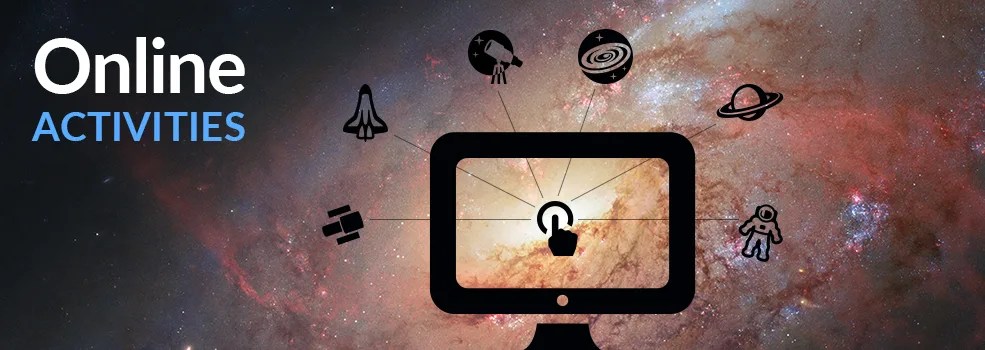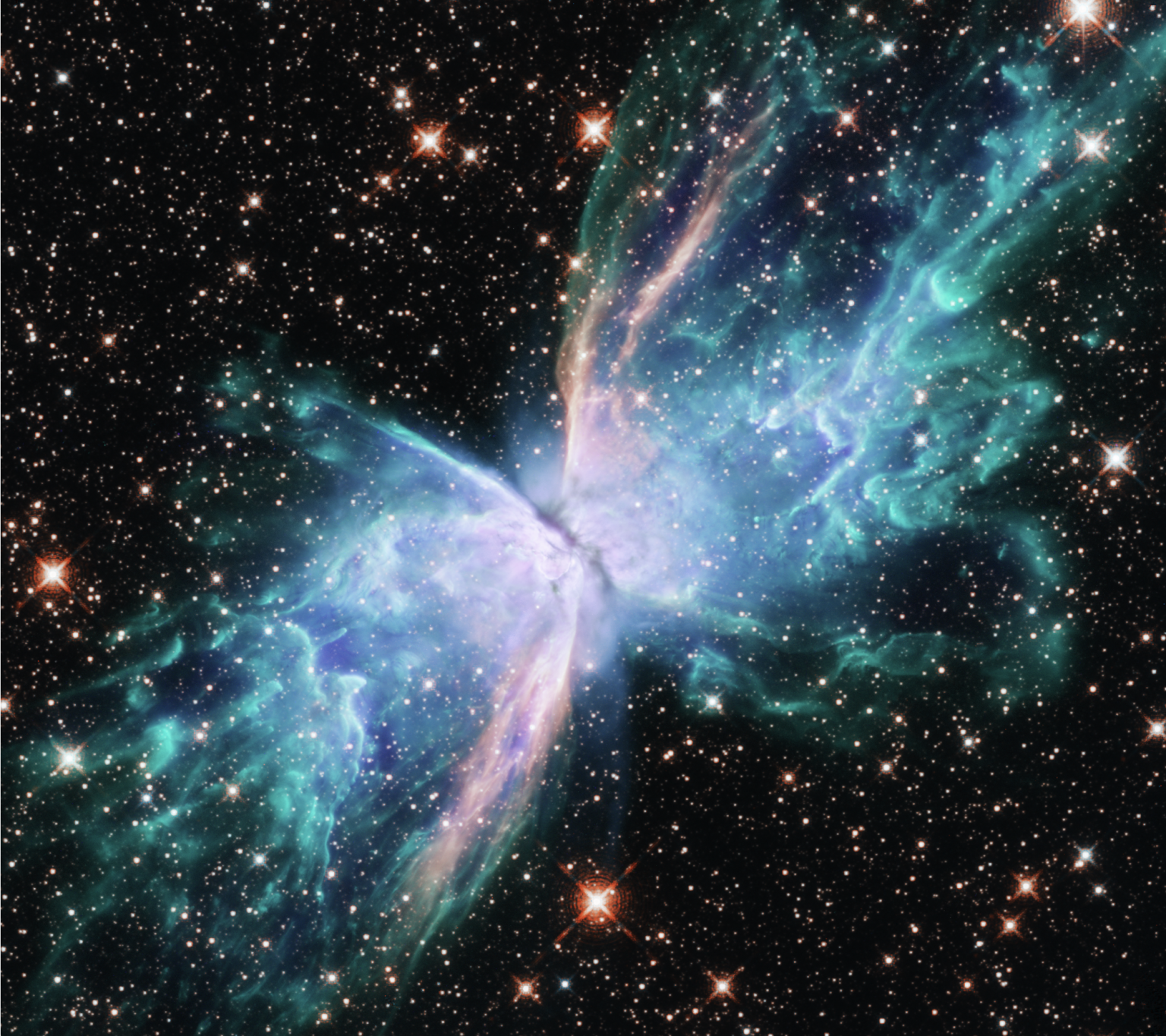Hubble Space Telescope Hubble Home Overview About Hubble The History of Hubble Hubble Timeline Why Have a Telescope in Space? Hubble by the Numbers At the Museum FAQs Impact & Benefits Hubble’s Impact & Benefits Science Impacts Cultural Impact Technology Benefits Impact on Human Spaceflight Astro Community Impacts Science Hubble Science Science Themes Science Highlights Science Behind Discoveries Hubble’s Partners in Science Universe Uncovered Explore the Night Sky Observatory Hubble Observatory Hubble Design Mission Operations Missions to Hubble Hubble vs Webb Team Hubble Team Career Aspirations Hubble Astronauts News Hubble News Hubble News Archive Social Media Media Resources Multimedia Multimedia Images Videos Sonifications Podcasts e-Books Online Activities Lithographs Fact Sheets Glossary Posters Hubble on the NASA App More 35th Anniversary 2 min read
Hubble Rings In the New Year  ESA/Hubble, NASA, and D. Erb This NASA/ESA Hubble Space Telescope image reveals a tiny patch of sky in the constellation Hydra. The stars and galaxies depicted here span a mind-bending range of distances. The objects in this image that are nearest to us are stars within our own Milky Way galaxy. You can easily spot these stars by their diffraction spikes, lines that radiate from bright light sources, like nearby stars, as a result of how that light interacts with Hubble’s secondary mirror supports. The bright star that sits just at the edge of the prominent bluish galaxy is only 3,230 light-years away, as measured by ESA’s Gaia space observatory.
ESA/Hubble, NASA, and D. Erb This NASA/ESA Hubble Space Telescope image reveals a tiny patch of sky in the constellation Hydra. The stars and galaxies depicted here span a mind-bending range of distances. The objects in this image that are nearest to us are stars within our own Milky Way galaxy. You can easily spot these stars by their diffraction spikes, lines that radiate from bright light sources, like nearby stars, as a result of how that light interacts with Hubble’s secondary mirror supports. The bright star that sits just at the edge of the prominent bluish galaxy is only 3,230 light-years away, as measured by ESA’s Gaia space observatory.
Behind this star is a galaxy named LEDA 803211. At 622 million light-years distant, this galaxy is close enough that its bright galactic nucleus is clearly visible, as are numerous star clusters scattered around its patchy disk. Many of the more distant galaxies in this frame appear star-like, with no discernible structure, but without the diffraction spikes of a star in our galaxy.
Of all the galaxies in this frame, one pair stands out: a smooth golden galaxy encircled by a nearly complete ring in the upper-right corner of the image. This curious configuration is the result of gravitational lensing that warps and magnifies the light of distant objects. Einstein predicted the curving of spacetime by matter in his general theory of relativity, and galaxies seemingly stretched into rings like the one in this image are called Einstein rings.
The lensed galaxy, whose image we see as the ring, lies incredibly far away from Earth: we are seeing it as it was when the universe was just 2.5 billion years old. The galaxy acting as the gravitational lens itself is likely much closer. A nearly perfect alignment of the two galaxies is necessary to give us this rare kind of glimpse into galactic life in the early days of the universe.
Explore More
Science Behind the Discoveries: Gravitational Lenses
Hubble Science Highlights: Focusing in on Gravitational Lenses
Facebook logo @NASAHubble @NASAHubble Instagram logo @NASAHubble Media Contact:
Claire Andreoli (claire.andreoli@nasa.gov)
NASA’s Goddard Space Flight Center, Greenbelt, MD
Details Last Updated Jan 10, 2025 Editor Andrea Gianopoulos Location NASA Goddard Space Flight Center Related Terms Astrophysics Astrophysics Division Elliptical Galaxies Galaxies Goddard Space Flight Center Gravitational Lensing Hubble Space Telescope Spiral Galaxies The Universe
Keep Exploring Discover More Topics From NASA Hubble Space Telescope
Since its 1990 launch, the Hubble Space Telescope has changed our fundamental understanding of the universe.






